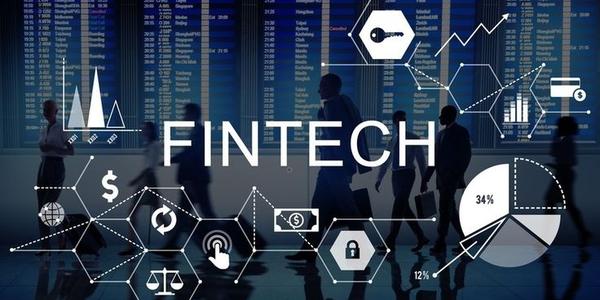Introduction
The world of technology has witnessed remarkable advancements in recent years, with quantum computing emerging as one of the most transformative fields. Two tech giants, Microsoft and Atom Computing, have recently made headlines for their groundbreaking development in quantum computing—a potential game-changer not just for technology but also for industries reliant on blockchain technology, particularly in the realm of cryptocurrency.
The Quantum Computing Milestone
Achieving Entanglement: A New Record
In a remarkable achievement, scientists and engineers from Microsoft and Atom Computing have developed a quantum computing system that has captured the attention of the scientific community. This system is characterized by 24 entangled logical qubits, constructed using just 80 physical qubits—a feat that significantly outpaces previous standards.
To put this into perspective, conventional estimates suggested that producing even a single logical qubit would require thousands of physical qubits working in tandem. However, the breakthrough achieved by these two companies has redefined our understanding of quantum computing efficiency and scalability. Their system not only achieves entanglement but does so with unprecedented efficiency, setting a new benchmark for future developments.
The Significance of Scaling
This milestone is more than just an academic achievement; it has profound implications for the field of blockchain technology. Blockchain mining, particularly in the context of cryptocurrencies like Bitcoin, relies heavily on proof-of-work mechanisms that classical computers dominate. With quantum computing on the horizon, traditional methods may soon become obsolete.
The Context: Quantum Computing and Classical Cryptography
The potential impact of quantum computing extends beyond just mining—it could disrupt existing cryptographic systems by offering unprecedented computational power to crack encryption codes. Analysts have long warned that quantum computers, with their ability to process vast amounts of data simultaneously, could render classical encryption methods obsolete.
Case Study: SHA-256 and Grover’s Algorithm
A key player in this transformation is the SHA-256 algorithm, the backbone of Bitcoin mining operations. miners compete to solve complex mathematical puzzles, a process that becomes increasingly difficult as computational power grows. Grover’s Algorithm—a quantum computing technique offering quadratic speedup—presents a potential game-changer here.
The Algorithm in Detail
While Grover’s Algorithm may not yet be fully scalable for large-scale problems like cracking SHA-256 encryption, its theoretical capabilities are immense. Running on quantum hardware with hundreds or thousands of qubits, it could theoretically reduce the time needed to crack such algorithms significantly.
The Race Between Classical and Quantum Computing
Current estimates suggest that within a decade, quantum mining rigs could potentially overtake classical mining operations, offering miners an entirely new dynamic in the competitive landscape of blockchain technology. This race is not just technological—it’s also economic, with implications for investment strategies and operational decisions.
Projections: The Timeline to Quantum Supremacy
While optimism surrounds the potential of quantum computing, projections about when such systems will become feasible are as uncertain as ever. Analysts have posited a timeframe of between 10 to 50 years before we see widespread error-corrected quantum computing capable of challenging classical technologies.
However, recent research from Microsoft and Atom Computing offers a promising timeline. By 2025, the two companies aim to introduce a quantum computer with 1,000 qubits—a significant leap forward in computational power. Such advancements could herald a new era where quantum computing begins to impact every corner of the tech landscape.
Conclusion
The development by Microsoft and Atom Computing represents not just an advancement in quantum computing but also a pivotal moment for industries reliant on blockchain technology. As we stand at the precipice of a potential quantum revolution, the implications for traditional methods of proof-of-work and cryptographic security are far-reaching. The question now is: how will this new reality shape the future of mining, investment, and trust in the cryptocurrency space?
The race has already begun, and the outcome could determine the trajectory of the digital economy for years to come.






















